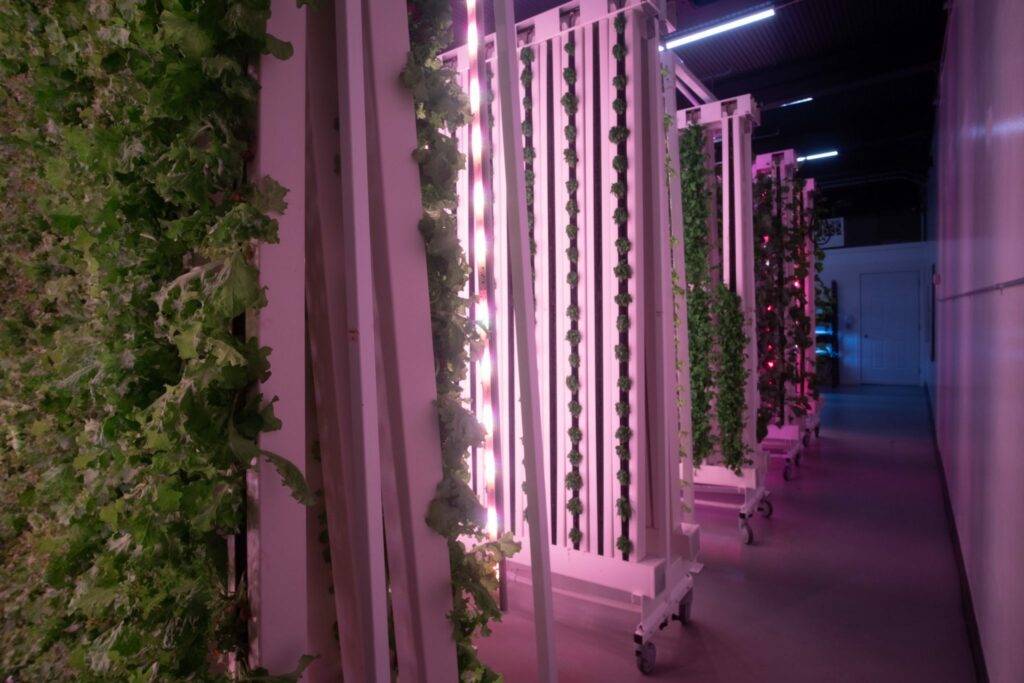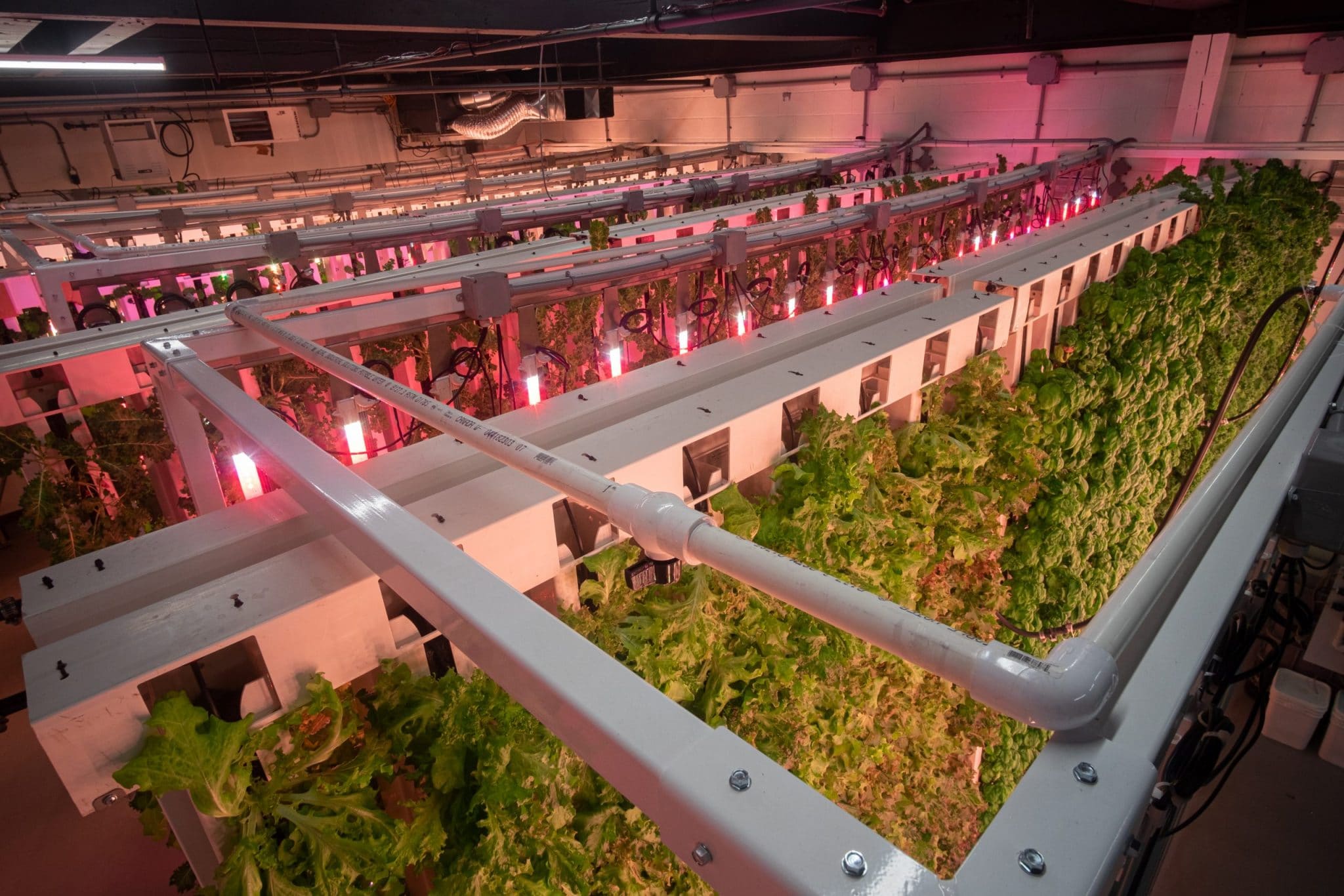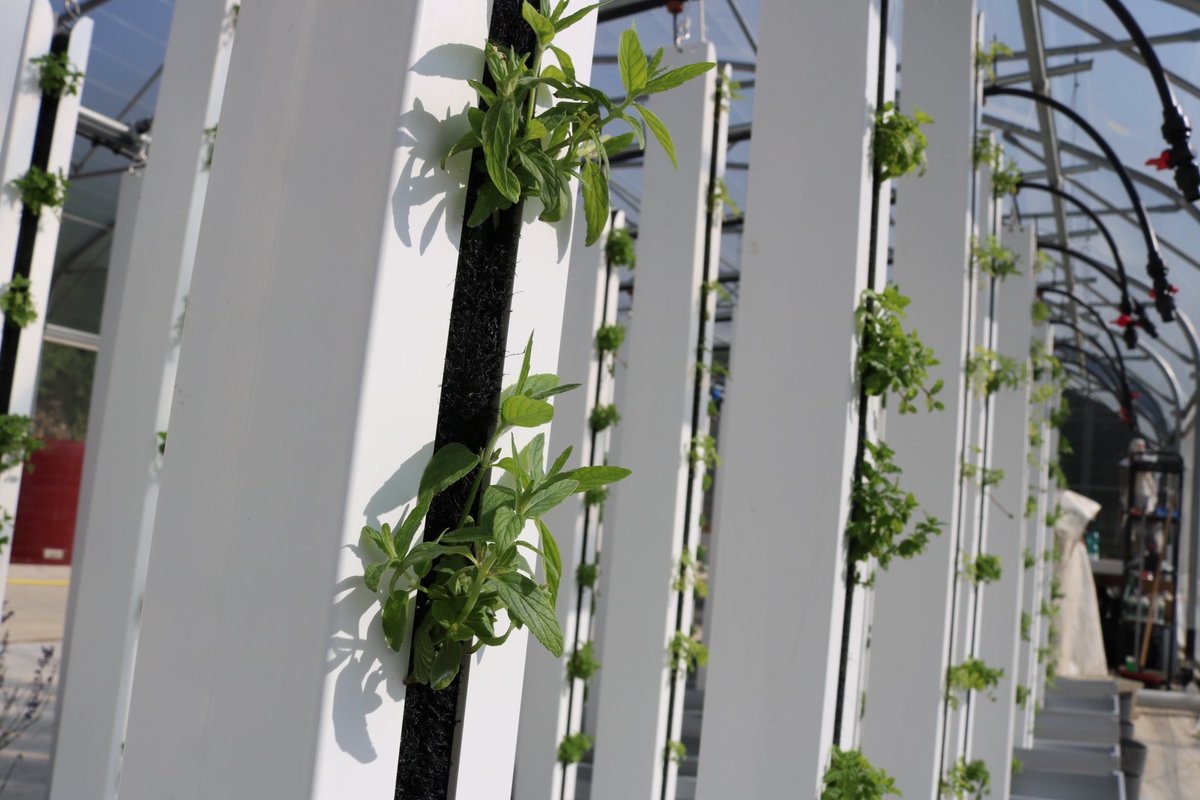Calculating expenses helps grasp your farm’s potential
If you read our post on estimating farm revenue, you may be tempted to stop there. But if you want anything close to a realistic look forward, you must compare that revenue to your farm expenses.
We can divide your expenses into two categories: upfront and ongoing.
Both of these categories will factor into your income statement, balance sheet, and cash flows.
Upfront Expenses – CAPEX
| Upfront costs are paid once at the beginning of the building process. There will be two main upfront costs for your farm, including the building (or property) and the actual growing system. |
Facility Upfront Expenses
There are a few important decisions to be made when it comes to your facility, greenhouse or ZipFarm.
Rent or Own.
If you are renting rather than buying the property, you will have a smaller upfront cost and increased ongoing costs. In comparison, if you buy property your break-even point will be higher, you will need more money upfront, but your ongoing expenses will be lower.
Some things you might want to consider to help weigh your options.
- Location, Location, Location.
Consider your market. Is foot traffic important? Are you near your customers?
- “Land, they aren’t making any more of it!”.
Purchasing property is a good option if you want to build your personal wealth.
- If you want to be free of a stressful landlord or the fear of losing your lease.
A tough landlord has the ability to devastate your business. Good lease paperwork and a good relationship can help to protect you.
- Other ongoing building expenses (Property Tax, insurance, building repair, etc.)
There are trade offs for both of these options but it’s important to think about how this affects you in the short and long term. For a good breakdown of other things to consider when deciding to rent or own check out. To Rent or To Own?!?!
Dimensions
When you tour your potential facility, keep in mind the required dimensions of your growing equipment. Each one of our ZipFarms™, warehouse or greenhouse, is custom designed to optimize our farmers growing potential. However, our highest efficiency ZipFarms™ use 8ft ZipGrow™ Towers and the ZipRacks are 10ft tall! Be sure to take note of the warehouse measurements and potential overhead obstructions.
In a similar fashion, if you’re thinking about a greenhouse or container farm, make sure you have enough room on the ground and in the air to place your structure. Make sure you have good enough access to bring in your consumables and bring out your Vegetables!
Contact us if you have more questions about choosing the right place to start.
Ongoing Expenses – OPEX
| Ongoing expenses include costs that you pay on a regular basis, whether that be weekly, monthly, yearly, etc. |
Let’s take a look at three main expenses your operation will have.
| 1 – Cost of Goods Sold (COGS) includes the inputs that are directly involved in production- these will be things like packaging, pesticides, and fertilizer or fish food. These can fluctuate slightly depending on your sales model and whether or not you have a pest or disease outbreak, but the fertilizer and fish food will be consistent. Good fish food is almost twice as expensive as fertilizer so if you’re trying to decide which growing method to use (hydroponic or aquaponic), keep this in mind. |
| 2- Utilities can vary widely depending on your system setup, climate, and location. If you are using supplemental lighting you can calculate exactly how much this will cost you per year. To estimate your utilities you can look at the historical rates for a property or try to reach out to someone in a similar building and talk to them about these costs. You will want to consider water, electricity, and possible heating/cooling costs. |
| 3- Labor is not a cost to overlook. This is actually the expense that can make or break your operation. Make sure the system you choose is easy and efficient. We estimate one full time employee can handle anywhere between 500 and 1,500 towers. This amount depends on the experience of the grower and sales method being used, since Live Sales eliminates almost all harvesting. |
Commercial Vertical Hydroponics in Action
Additional Costs
Other expenses include your rent or mortgage payment, packaging, office supplies, transportation, etc.
If you aren’t able to budget for these expenses and forecast your revenue you’ll be going into your business blind!
Trying to calculate and project all of your expenses can be overwhelming, but it is possible!
We are here for you
Work through this tool to help you create a full financial feasibility statement specific to your farm. If you get stuck, give our team a call and we can talk you through.
Note: while this calculator will give you an accurate estimate it is important to remember it is still an estimate. When you are ready to move ahead with your ZipFarm™, or if you have any questions, contact the ZipGrow Team at [email protected] or at 1-855-ZIPGROW.








